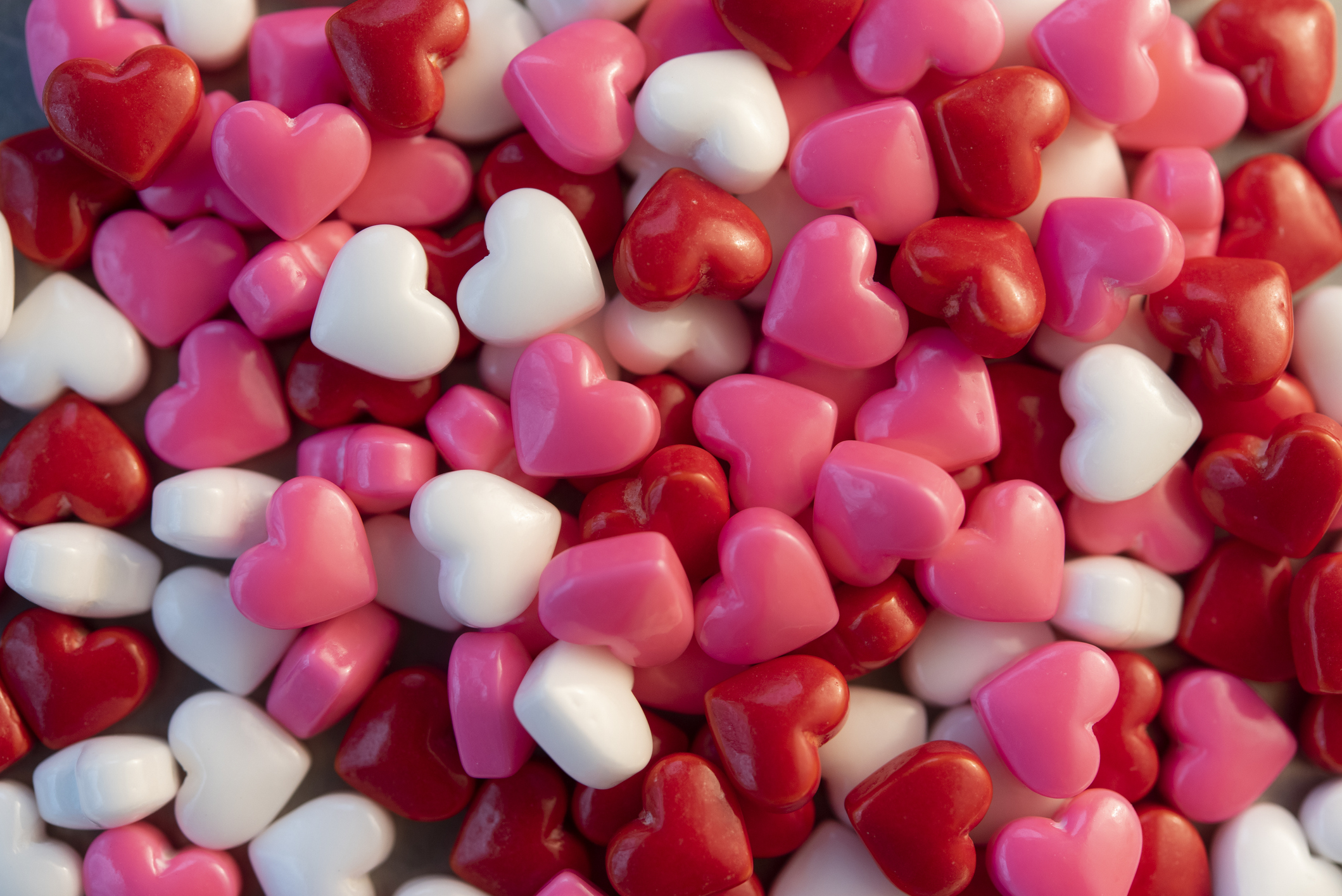
Five days before Valentine’s Day, Taru Jäntti, 27, made her way to the local post office in Helsinki to send cards to her four closest friends.
“For me, friends are the most important people in my life,” Jäntti says. “I’m in a relationship right now and she’s an important part of my life but my friends have been there forever. They are the core of my social life.”
In many countries around the world, single people can find themselves dreading Valentine’s day. The holiday is designed for couples, who exchange chocolate, flowers, and doting smiles. But not in Estonia and Finland, two tiny European countries where Feb. 14 is Friend’s Day, a celebration of platonic love.
Known as Ystävän Päivä in Finnish and Sõbrapäev in Estonian, Friend’s Day is celebrated by single people and couples alike. Families, friends and couples gather for shared meals and sporting activities like skating or sledding.
“I am going to see my friends for dinner to celebrate,” Jäntti said. “We’ve been friends since we were 14 and all our partners are going to be there as well.”
The holiday began in Finland in the 1980s and made its way south to nearby Estonia by the end of the decade. In the beginning, the holiday was for school children who were encouraged to make handmade gifts and cards for their loved ones. By the 1990s, the holiday became popular among adults.
While Friend’s Day was only officially included in Finnish calendars in 1996, the tradition has become deeply ingrained in the cultural fabric of Finnish society and today is widely celebrated throughout the country. Friend’s Day is the second most popular card giving holiday in Finland, with approximately 3 million cards sent in 2015.
Meanwhile, Estonians increasingly think of Feb. 14 as a sacred day. “It’s getting bigger and bigger,” says Gert Lax, an Estonian man who recently moved back to Estonia.
Liisa Vesik, a scholar studying the evolution of Valentine’s day in Estonia, argues that the holiday has become particularly popular in the post-socialist period, as the iron curtain lifted and Estonia became more exposed to international holidays. During this period, Friend’s Day has also become more commercialized, with companies creating products for the holiday. Rather than copying the holiday, however, Vesik writes that it was “adapted for its new surroundings” in Estonia.
In both countries, streets are still decorated in love-themed paraphernalia in the weeks leading up to Feb. 14. The day celebrates all forms of love, and so romance is not absent from the holiday. Couples will often exchange gifts, with some getting engaged or married on the day. At some high schools in Finland, students will wear red if they are in relationships and green if they are single. In Estonia, single people searching for romantic love can hitch a ride on “love buses,” designed for single people looking for love.
Nevertheless, celebrations of romantic love do not take center stage. “I’m so glad Valentine’s day is Friend’s Day in Finland,” Jäntti says. “There are no other holidays that recognize that your friends are as important as your family or romantic relationships. Christmas and other holidays are spent with family.”
After all, she says, “friends are as important as everyone else in your life.”
More Must-Reads from TIME
- Cybersecurity Experts Are Sounding the Alarm on DOGE
- Meet the 2025 Women of the Year
- The Harsh Truth About Disability Inclusion
- Why Do More Young Adults Have Cancer?
- Colman Domingo Leads With Radical Love
- How to Get Better at Doing Things Alone
- Michelle Zauner Stares Down the Darkness
Contact us at letters@time.com